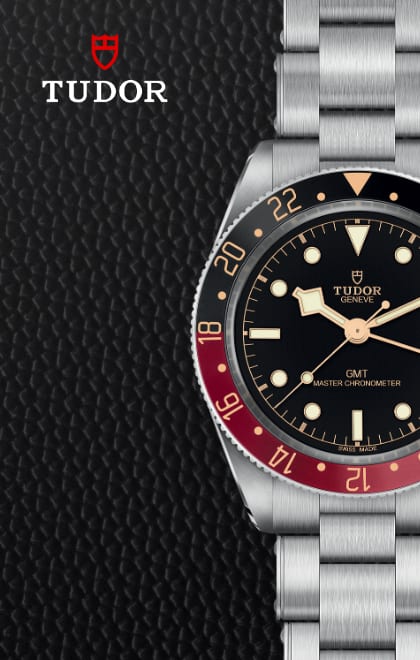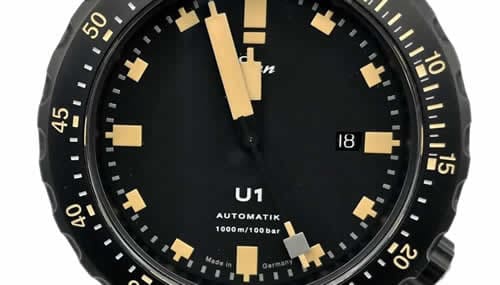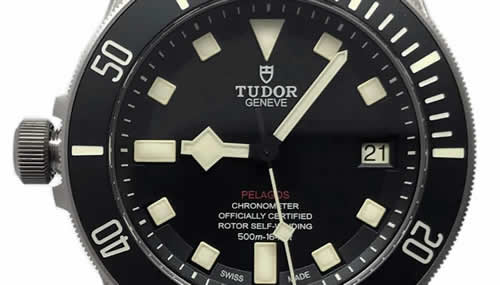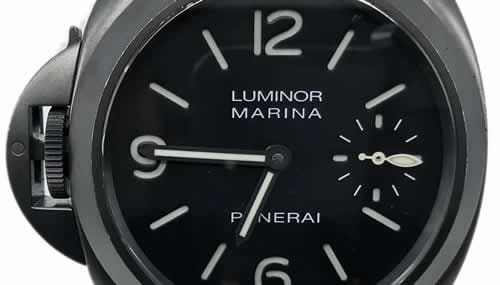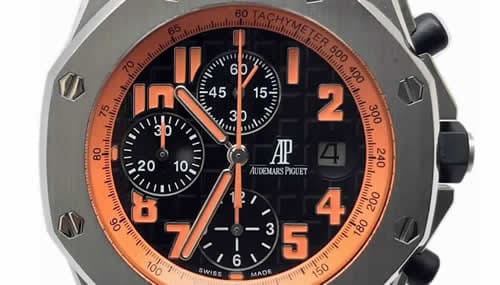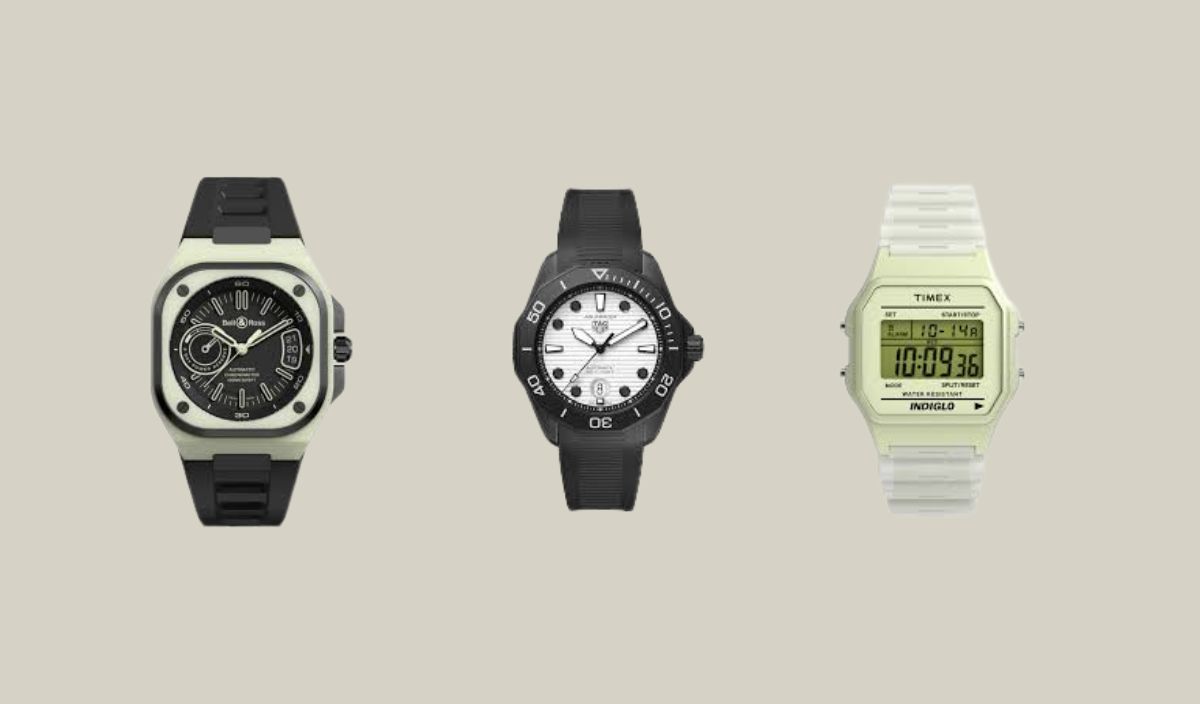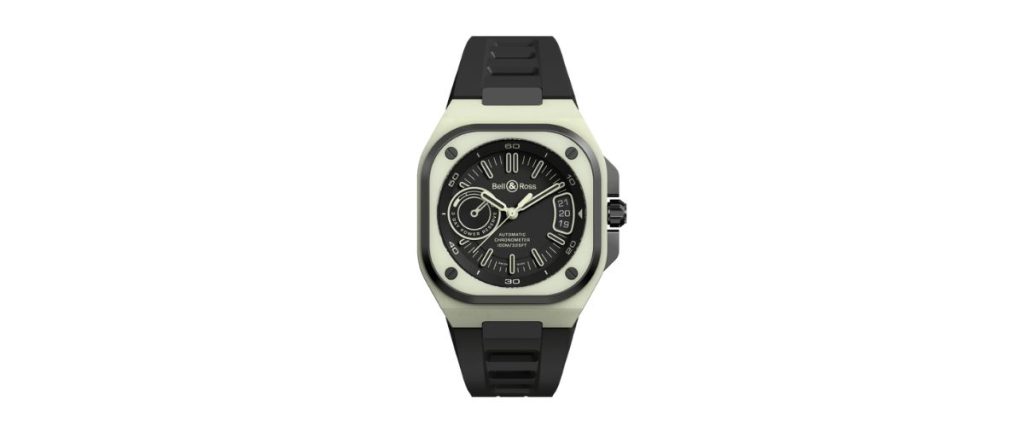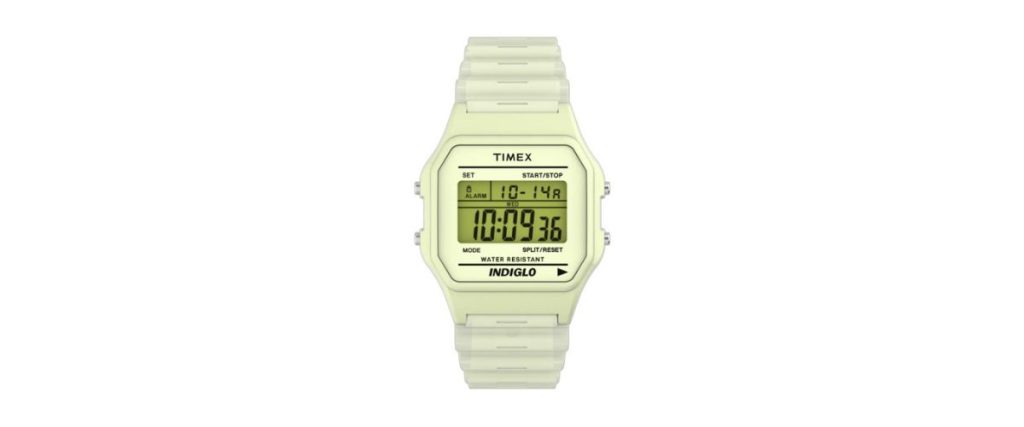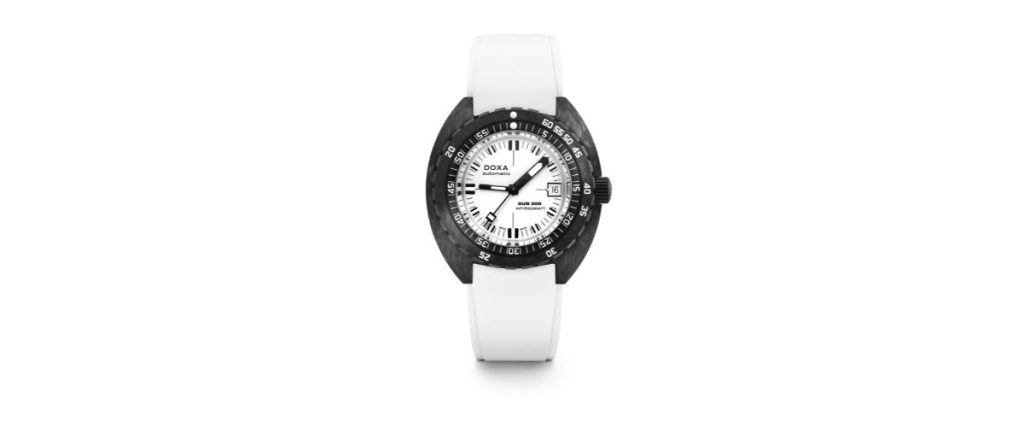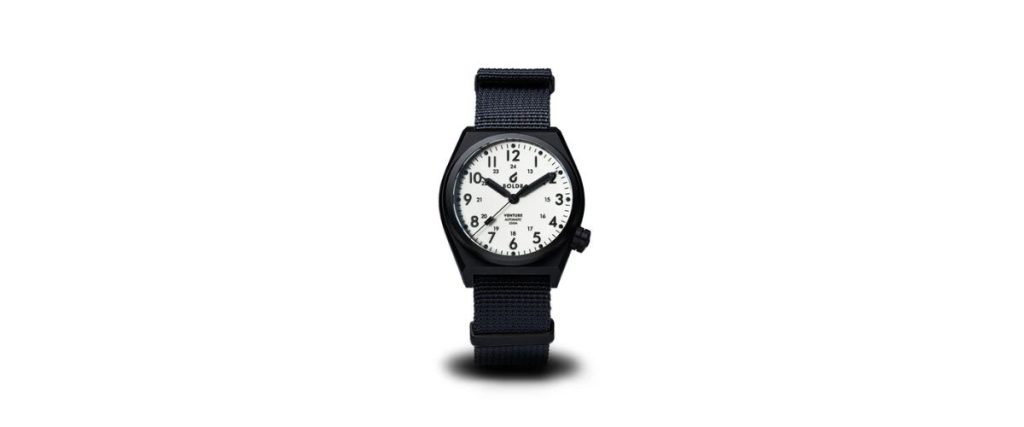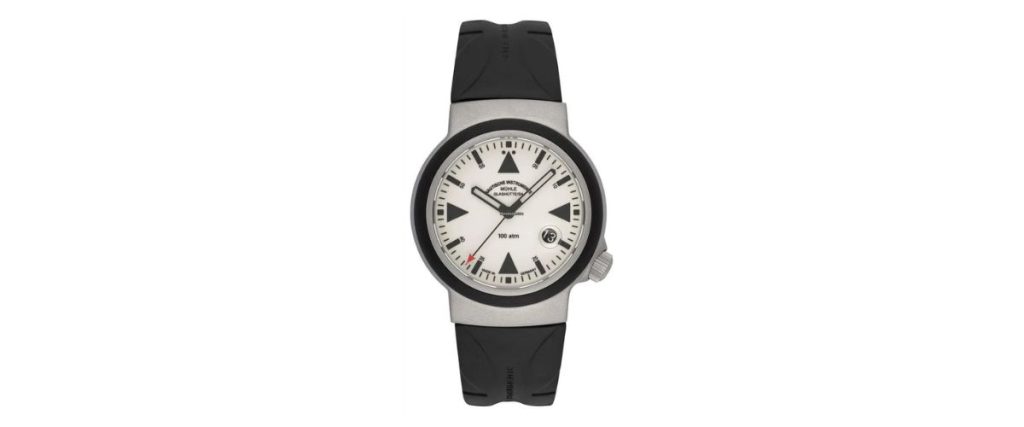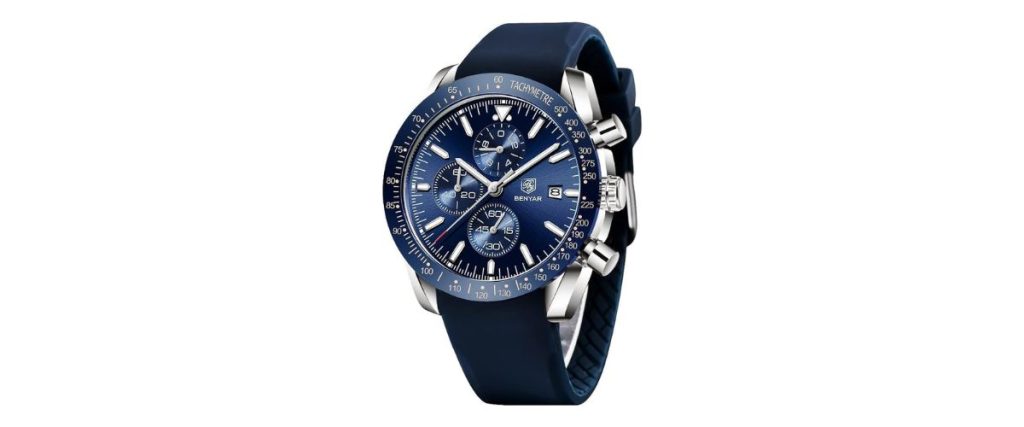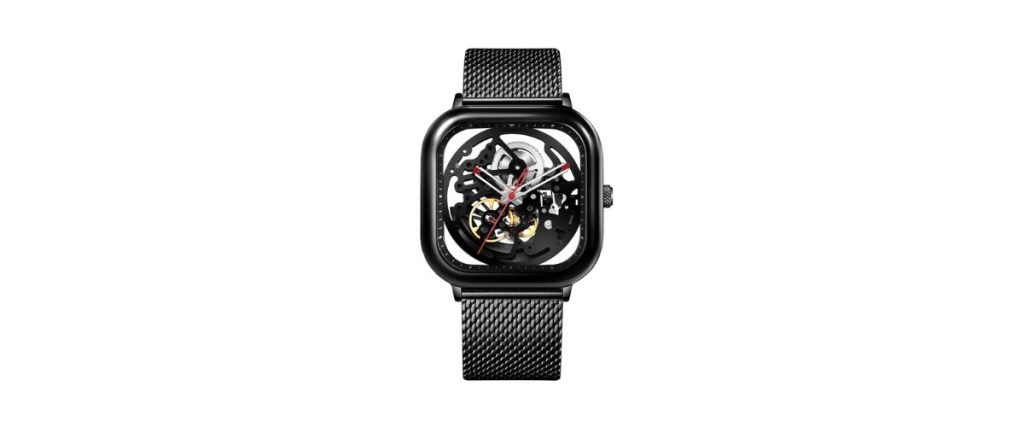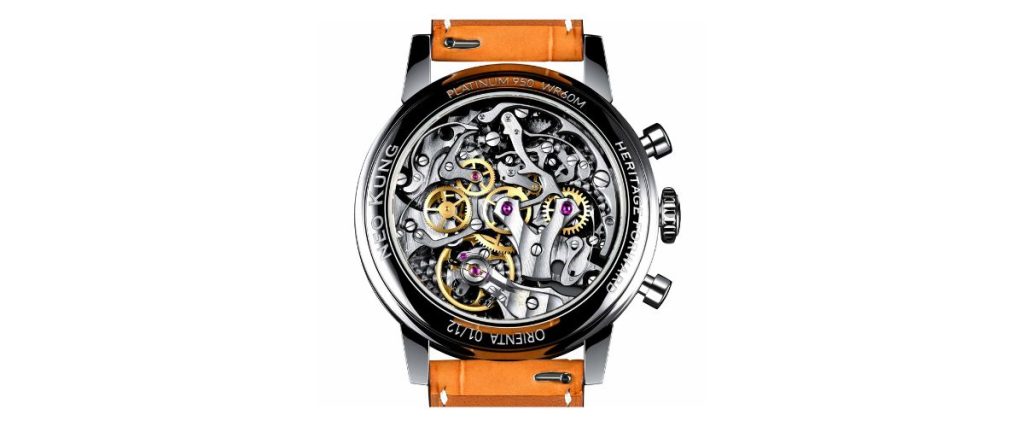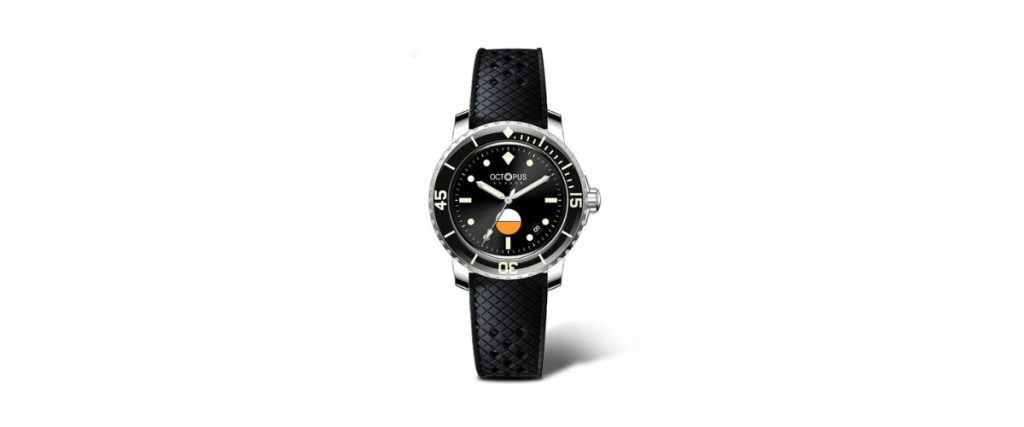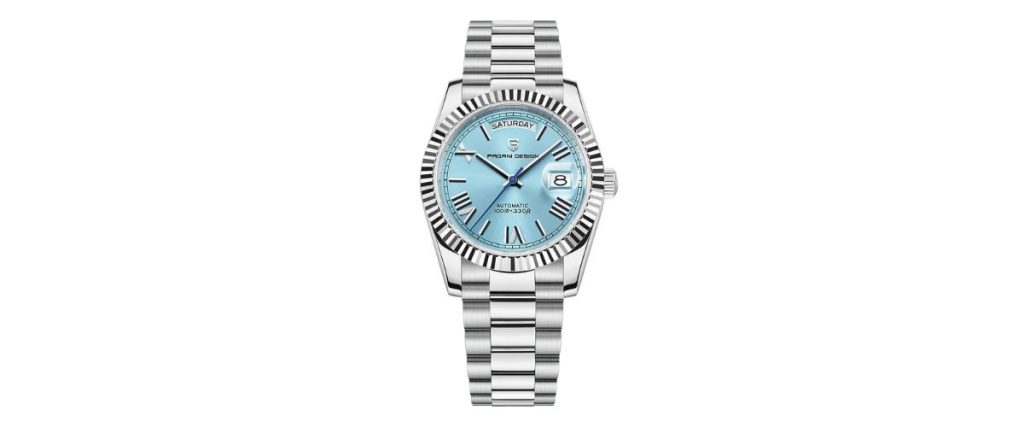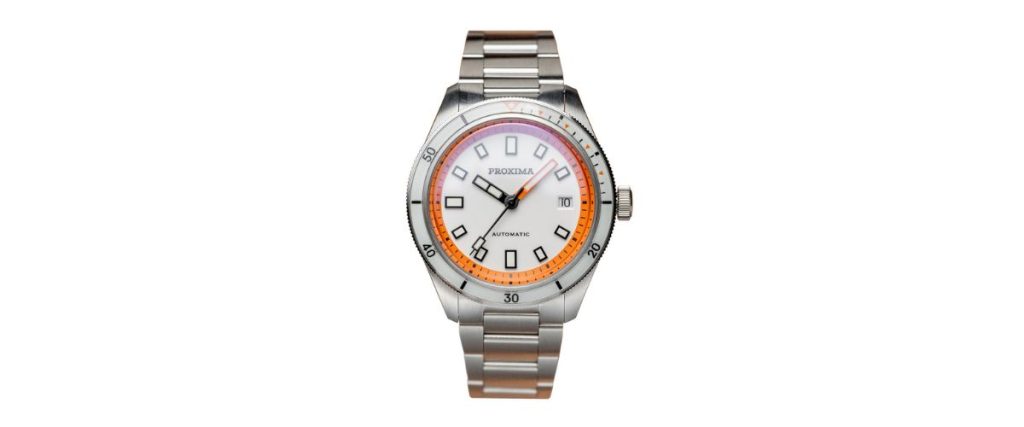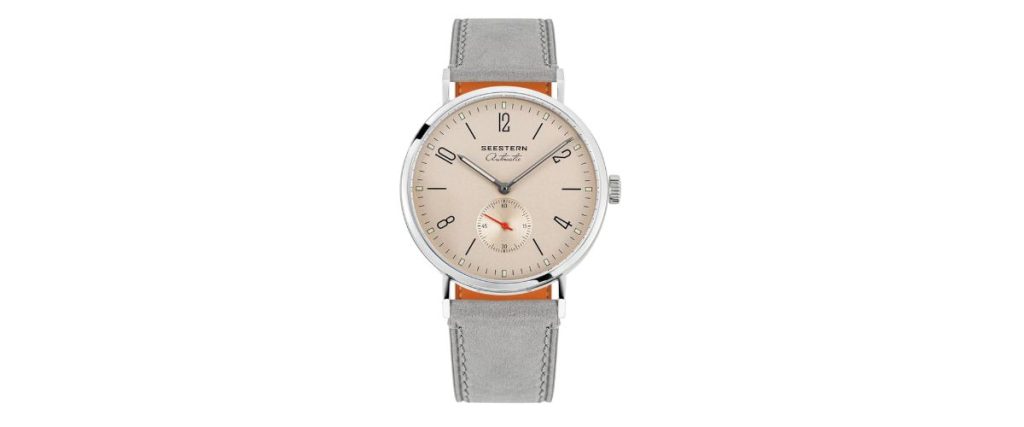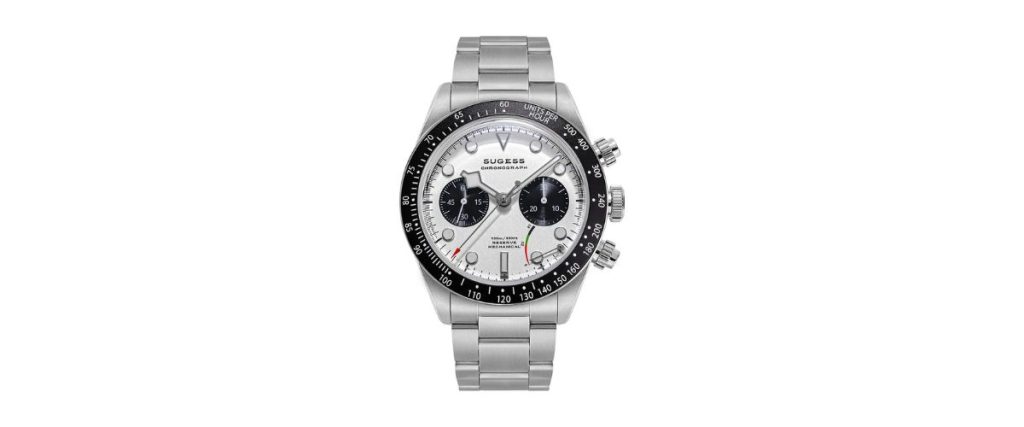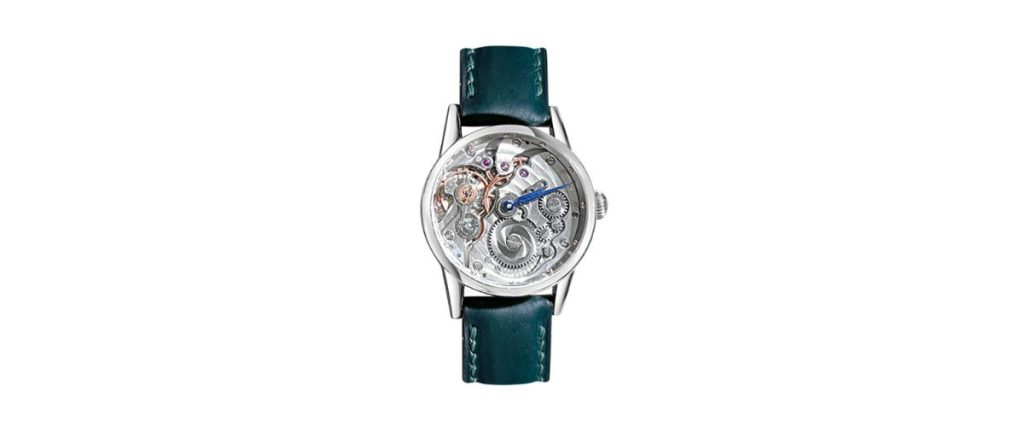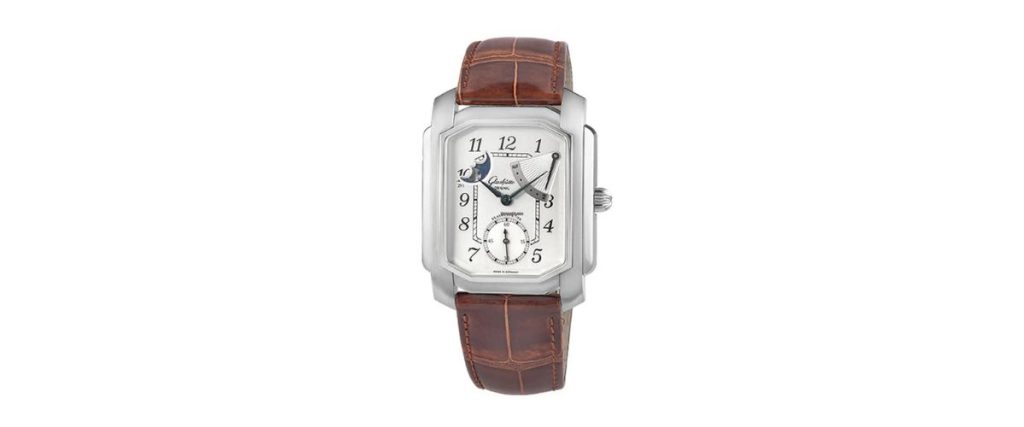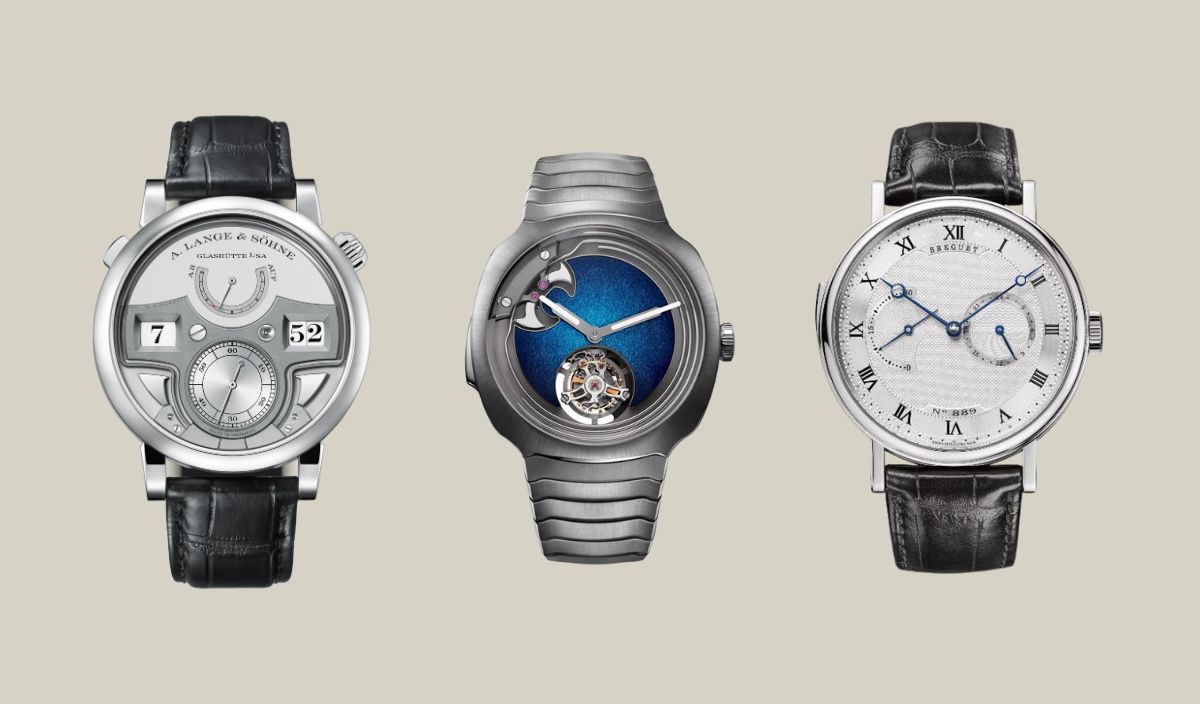
Minute repeaters are watches that sound the time in hours, quarter hours, and minutes “on demand” with a pusher or slider on the left side of the case.
These complex, artisanal masterpieces are often regarded as the holiest grail watch of them all by niche aficionados who desire to scale the heights of the haute horology market. Retail prices are often listed with the somewhat chilly message, “Upon request.”
So, repeat after me: there is no such thing as a “cheap” mechanical minute repeater watch!
Oxymorons aside, some true minute repeaters are “cheaper” than others. So I will focus on models that are only in the low six figures (less than 500K) as opposed to seven (which many are!).
But there is hope for those with skinnier wallets who still want chimes without dishing out luxury condo money. There are chiming watches that announce only hours as they pass (sonnerie au passage).
Others are “part-time” repeaters that sound off hours and quarter hours only. Better deals can be found in the secondary and pre-owned markets for true minute repeaters. And, of course, there’s always quartz (more on that later).
First, a little history and basic information.
A Brief Guide to Minute Repeaters
In the “Dark Ages” (heh), people often had to fumble in the dark to do anything, including telling time. Same goes for the visually impaired in any age.
So clocks, and eventually watches, that could mark the passage of time with peals of bells or chimes of gongs became highly valued.
English watchmaker Edward Barlow introduced the first minute repeater mechanism for a clock in 1676. Daniel Quare followed a short time later with the first patented repeater mechanism for a watch in 1687.
Early repeater mechanisms chimed hours and quarter hours only. As they evolved, accuracy improved with the emergence of half-quarter, 5-minute, and minute repeater designs. There were also “dumb” repeaters that vibrated only.
In the late 18th century, the “Father of Modern Watchmaking” himself, Abraham-Louis Breguet, introduced gongs to replace bells, which allowed for thinner cases.
He followed up in the early 19th century with redesigned mechanisms that produced more accurate and reliable repeaters that still form the basis for today’s modern versions.
Minute repeaters use two hammers that, when triggered by the user, strike metal rings (gongs) that produce varying tones.
Hours are typically high tones, quarter hours pairs of high and low tones, and minutes low tones, but this may vary. Here’s a cool video that demonstrates the variable tones produced by three different famous brand minute repeaters.
Tones are amplified and modulated in varying degrees by the case material. A minute repeater made with the same material and in the exact same manner by the same watchmaker may nonetheless differ in clarity and purity of tone than a sibling’s.
The only way to truly judge a minute repeater is to hold it in your hands, listen to its tones, and feel the action of its pusher or slider.
Minute repeaters are ultra-complicated, difficult and expensive to produce, and rely on a dizzying arrangement of, not one, but two mainsprings, along with a myriad of racks, snails (cams), hammers, gongs and governors. And screws. Lots of them.
Believe me, you do not want me to try to explain how all those fit together and work! Here’s a basic explanation and also a deeper well of information for those who really want to dive in.
Top 10 “Cheap” Minute Repeater Watches
I’ll be presenting “cheap” minute repeaters under 500K , so we’ll start with the most expensive one on the list and count down to the least expensive.
10. A. Lange & Söhne Zeitwerk Minute Repeater. ref. 147.025F
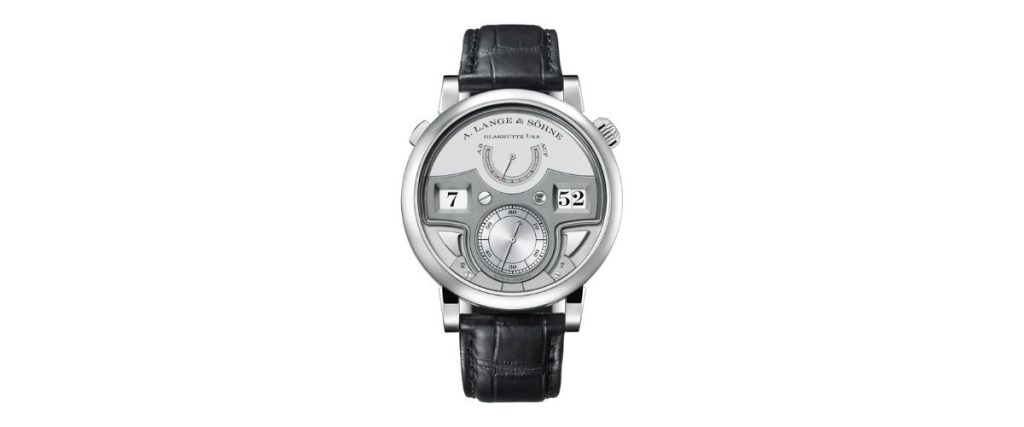
While typical minute repeaters are quarter hour, the A. Lange & Söhne Zeitwerk is the first to use decimals (10 minutes) combined with a jumping hours and minutes function.
The platinum case is 44mm in diameter, and in addition to jumping hours and minutes windows, the watch has a large analog seconds subdial at 6 o’clock and a power reserve indicator at 12.
The dial is rhodié-colored and solid silver. The L043.5 movement is manually wound, with 18,000 vph (2.4 Hz), and a 36 hour power reserve.
It is paired with a black alligator strap with a platinum deployant buckle. Last known retail $467,700, pre-owned $280,000-320,000.
9. Patek Philippe Minute Repeater Grand Complications Cathedral Gong, ref. 5178G
This white gold 40mm case diameter Patek Philippe minute repeater was introduced at Baselworld 2017 alongside its nearly identical twin, the 38mm ref. 5078G.
The 40mm version was needed to accommodate cathedral gongs, which are twice long as standard ones and produce richer tones with more reverberation.
This is a simple, but elegant watch with traditional Breguet handset and numerals, railroad minutes track, seconds subdial at 6 o’clock, and a cream, grand-feu enamel dial.
A transparent sapphire caseback shows off the stunning details and finishing of the Calibre R 27m with its 2 gongs, black polished hammers, anglage, and guilloché micro-rotor, all done by hand.
The brown, alligator strap completes the classical, dressy look. This is a watch that has gained value: retail in 2017 $423,780, pre-owned prices now in the 500K range.
8. H. Moser & Cie Minute Repeater Tourbillon Steel Blue Fumé Enamel Dial, ref. 6905-1200
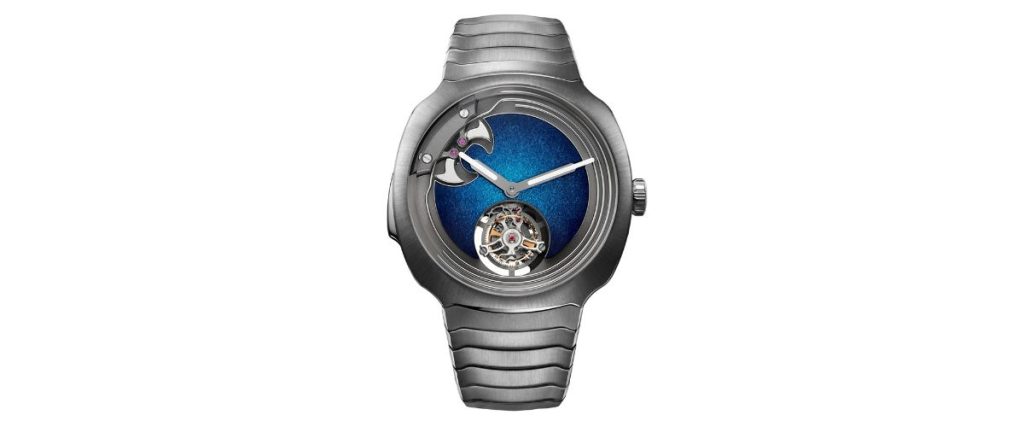
With tourbillons becoming more numerous and accessible, minute repeaters have gained even more prestige as the rarest and grandest of all complications.
This H. Moser & Cie features both a minute repeater and a tourbillon for the best of both worlds. It starts with the distinctive Streamliner concept shaped 42mm stainless steel case and matching integrated bracelet.
The encircling gongs, hammers, handset, and flying tourbillon stand out in sharp relief against the textured, “Grand Feu” blue enamel dial.
The movement is the manually wound Caliber HMC 905 and has an impressive power reserve of 90 hours. Retail $319,500, pre-owned undetermined.
7. Breguet Classique Grand Complication Répétition Minute Repeater, ref. 737BB
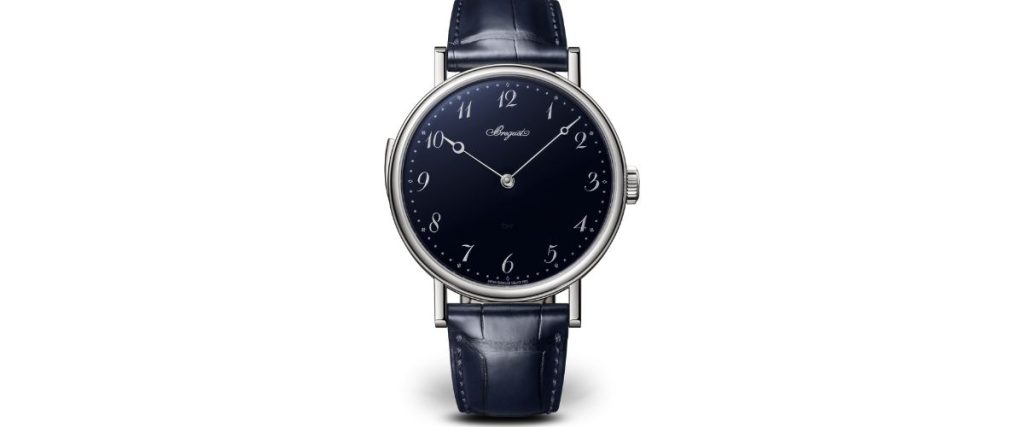
Since the “Father of Modern Watchmaking” Abraham Louis-Breguet played such a prominent role in the story of minute repeaters, it’s only fitting we should have one of his namesake watches on the list.
The Classique 7637BB has a 42mm diameter white gold case and blued Breguet hours and minutes hand set. The silver dial’s various guilloché patterns and concentrically brushed periphery form the perfect backdrop for the Roman numeral hour indices, 24-hour subdial at 3 o’clock, and power reserve indicator at 9.
The manual wind 567.2 movement has 40 hours of power reserve, and the watch is paired with a black alligator strap. Retail $305,900, pre-owned $100,000-200,000.
6. Jaeger-LeCoultre Master Grande Tradition Minute Repeater, ref. Q5011410
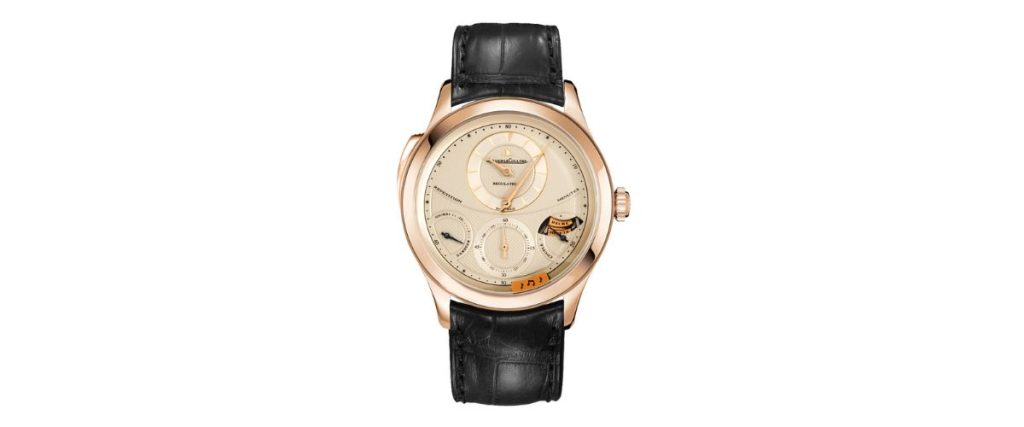
Perhaps the most striking feature of the limited edition (100 pieces), 44mm 18K yellow gold JLC Master Grande Tradition Minute Repeater is its dial.
There is a central minutes hand paired with a large hours subdial at 12 o’clock and a smaller seconds subdial at 6.
A partially-truncated subdial power at 8 indicates power reserve, another one at 4 shows barrel torque, and through a skeletonized portion of that dial, the hammers are shown striking the gongs.
It’s a busy dial, but with the ample negative space and the use of guilloche, it still comes across as clean and balanced.
The JLC 947R movement has an amazing 14 day power reserve, and it comes with a black crocodile strap. Retail $221,000, pre-owned and new, unused $95,000-170,000.
5. Blancpain Villeret Répétition Minutes, re. 6635 3642 55B
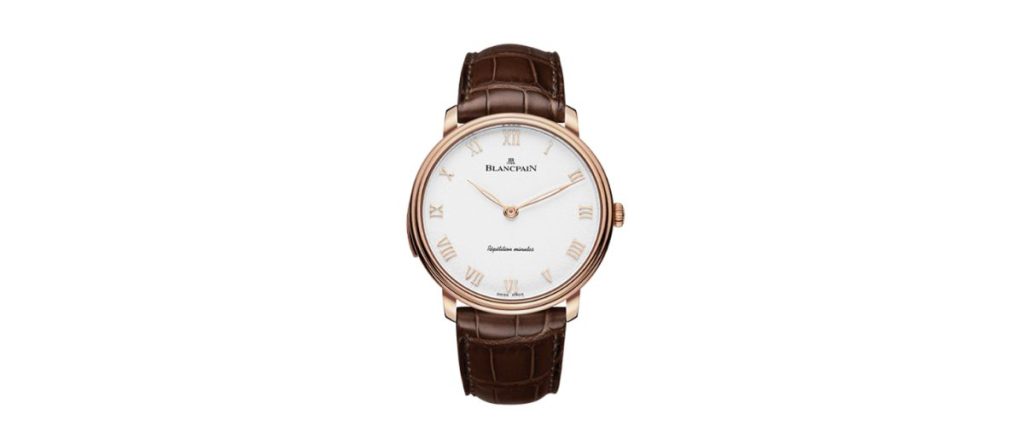
Many minute repeaters tend to be on the thicker side, but the Blancpain Villeret’s 40mm 18K rose gold case measures in at only 9.9 mm.
It has traditional styling such as rose gold-tone leaf-style hands and Roman numeral hour markers. With its minimal space script and branding, the opaline dial is remarkably clean and unassuming; the watch lets the chimes do all the singing.
The Caliber 25 automatic movement has 40 hours of power reserve, and the watch is water resistant to 100 feet (more than most minute repeaters), both of which make it a suitable choice for everyday wear.
The strap is brown alligator leather and has a deployant clasp. Retail $223,200, pre-owned, $100,000-$200,000.
4. Jaquet Droz Grande Seconde Minute Repeater, ref. J011033202
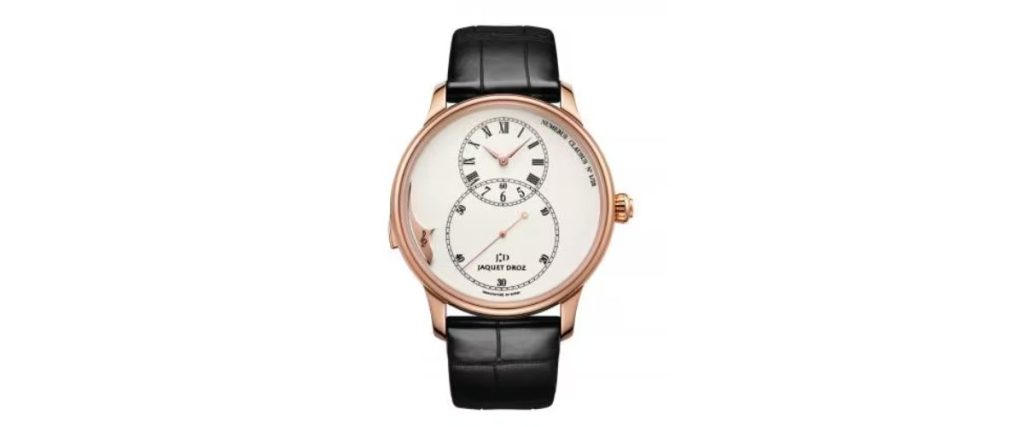
This 18K rose gold Jaquet Droz minute repeater is a limited edition (28 pieces) model that combines old world pocket watch charm with modern design cues for a refreshing and captivating package.
The dial is ivory Grand Feu enameled and has an avant-garde twist—Roman numeral hour indices and rose gold hours and minutes hands are set within a smaller subdial at 12 o’clock, while the seconds are displayed in a larger subdial at 6, with the two slightly overlapping.
There is also an artsy treble cleft flourish, Jacquet Droz branding and logo, and classical Latin script indicating the numbered piece.
Its automatic movement is displayed through the sapphire caseback, and a black alligator strap completes the classy package. Retail $203,000, pre-owned $100,000 range.
3. Bvlgari Octo Finissimo Minute Repeater, ref. 103669

When it comes to making the world’s thinnest watch, Bulgari takes a backseat to—almost—no one. But when it comes to the category of minute repeaters, Bulgari takes the “most slender” prize with its svelte 3.12mm Octo Finissimo ref. 103669.
The 40mm diameter sandblasted titanium case has the bold lines and octagonal shape we’ve come to expect from Bulgari. About the only “classical” feature you’ll see on this watch is the seconds subdial at 6 o’clock on the matte blue dial.
The unique cutout indices not only allow a teasing glimpse at the beautiful, manual wind BVL362, but also the sound of the chimes to pass through with more amplification. It comes on a matching blue FKM rubber with faux fabric finish. Retail $190,000, pre-owned $90,000-100,000.
2. IWC Portugieser Minute Repeater, ref. IW544907
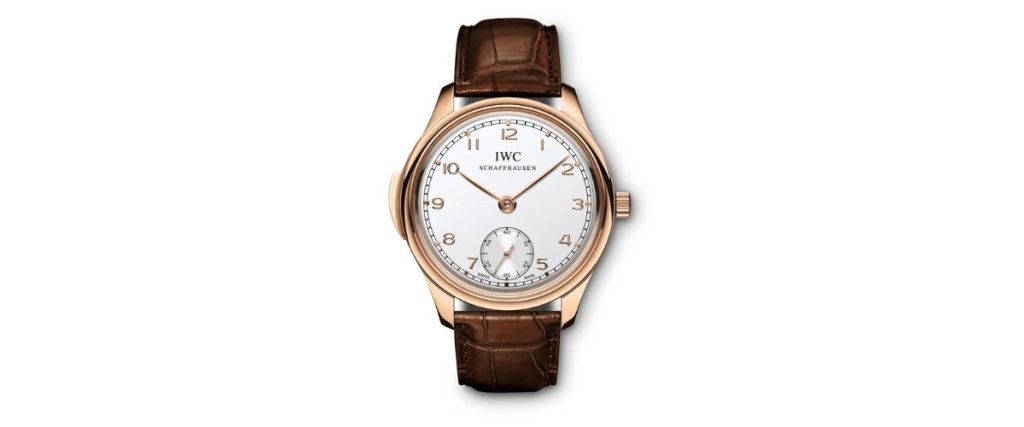
International Watch Company (IWC) has quietly produced and improved its historically significant and well-crafted Portugieser line since 1939.
The Portugieser Minute Repeater’s case is 18K rose gold with a 44mm case diameter, and its simple, silver dial has Arabic numeral indices and a seconds subdial at 6 o’clock.
The Caliber 98950 is manual wind and has a beautiful finish, but, unlike most other minute repeaters, it is concealed beneath a solid caseback, a cost shaving measure.
The brown alligator leather strap completes the clean, classy look of this “budget” piece which comes in at the most affordable price point of any mechanical options in the list: Retail $89,100, pre-owned $50,000 range.
1. Citizen Eco-Drive G900 series Minute Repeater—Quartz, (many references)
If you’re willing to leave the mechanical beauty and heritage behind and go the quartz route, take a look at pre-owned Citizen Minute Repeaters.
Not only can you get a pre-owned minute repeater for a few hundred bucks, but the Caliber G900 quartz movement gives a perpetual calendar, chronograph, and several other complications as well.
You don’t get the pure sound of mechanical gongs, but it still gets the job done (check it out there). Citizen has discontinued this watch, but they still display their last known reference on their website, the titanium “Grand Complication” ref. BZ0016-50E, listed at $1,395.
That particular one is hard to find on the secondary market, but there are a lot of earlier, preowned references out there that are in the $500 +/- range.
Conclusion
Without a doubt, mechanical minute repeaters are uber-expensive and the most anachronistic of all watches, but they are still a wonder on the wrist and remain the pinnacle of haute horology. I’ll most likely never own one, but I enjoyed learning and writing about them, and of course, listening to the music.


